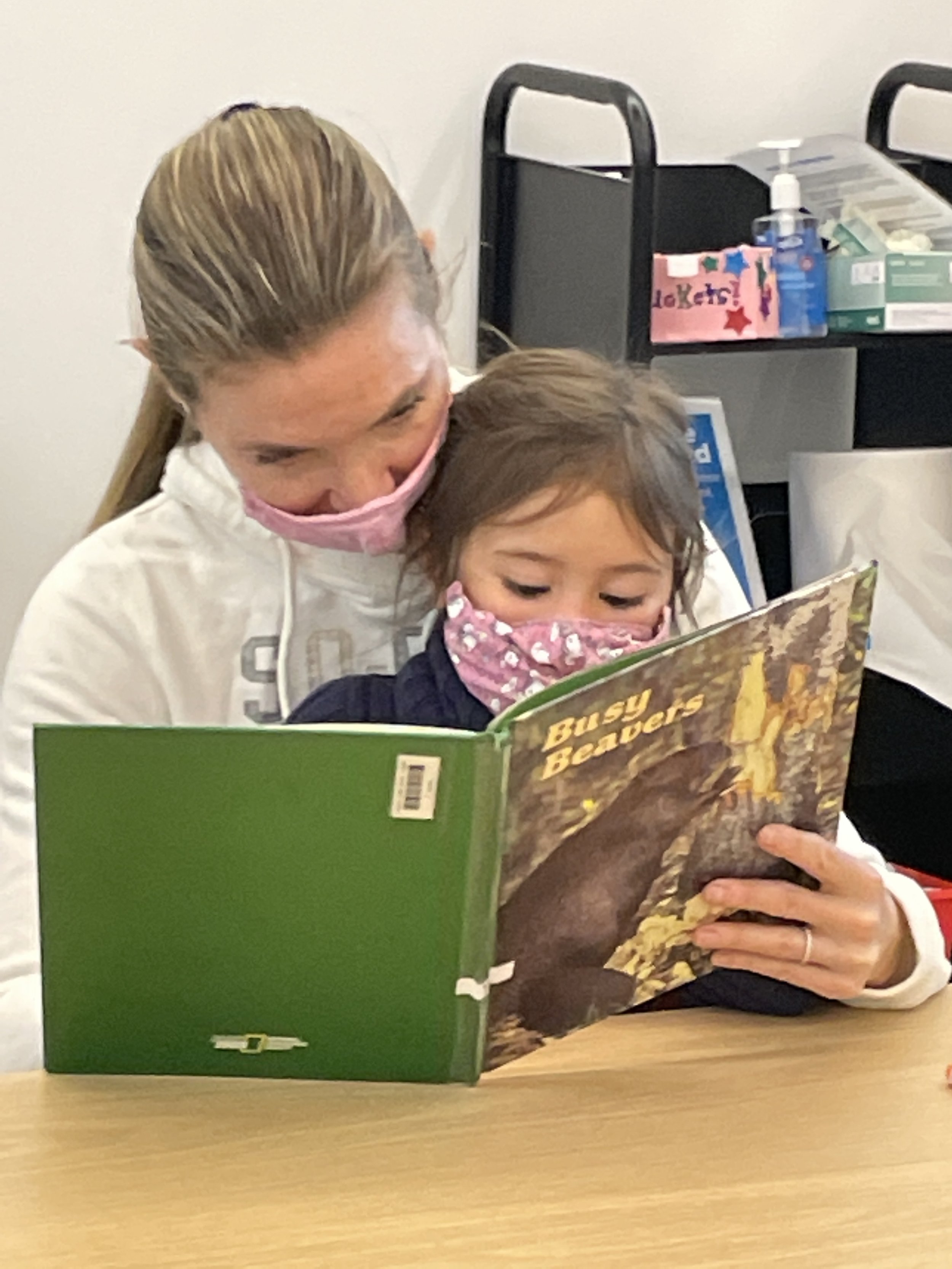The Big Question Series: What Is An Animal?
Johannes Neumann works at the American Museum of Natural History and is almost finished with a Ph.D. in Comparative Biology.
By: Katherine Pantazis
This spring, Brooklyn Book Bodega (BBB) was pleased to team up with the Adams Street and Walt Whitman Libraries to provide free seminars on a range of science topics for kids. At each event, kids got to take home free books along with a curiosity kit with materials to continue learning at home.
In collaboration with Adams Street Library and Walt Whitman Library, Brooklyn Book Bodega applied for and was granted an award from the BKLYN Incubator to conduct this program – The Big Question – a free series of workshops and book giveaways. BKLYN Incubator is supported by generous funding provided by the Charles H. Revson Foundation.
Each session focused on a Big Question of science, such as: Why are there so many insects? Did cavepeople really live in caves? How do octopuses change colors?
This workshop’s Big Question was: How do we know if something is an animal? The workshop was led by American Museum of Natural History biologist (and kid at heart!) Johannes Neumann.
To start off, kids shared their favorite animals. Moose, tigers, cats, lions, and foxes ranked highly! All of these are mammals, kind of like us, pointed out Mr. Neumann. But what about the more unusual animals? The kids thought of fish, fireflies, bees, and frogs.
Then, Mr. Neumann showed photos of even more unusual animals. “That’s a tardigrade!” announced kindergartener Micah, pointing to the puffy, eight-legged, eyeless creature. “Right!” said Mr. Neumann. “There’s a bunch of animals we don’t even think of when we think of animals!”
Kindergartener Bowen practicing with his microscope. The instructor, Mr. Neumann, still has a microscope he got when he was a kid.
What about sponges, for instance? “Sponges are very weird animals! They don’t have fur, they don’t have a head, they don’t have legs, but they’re real animals. So what does it mean to be an animal?” asked Mr. Neumann.
The next activity was to look at pictures of various living things and vote on whether they were animals or not. Cats? Definitely. Flowers? No. Mushrooms? Maybe?
“Are humans animals?” asked Mr. Neumann. “Sometimes, yes,” declared 3-year-old Sierra. (Her candor made the grown-ups laugh!)
After that, the kids were invited to look at books. The Bodega curated a selection of science books for the event. Some children looked through the beautifully illustrated Unseen Worlds: Real Life Microscopic Creatures Hiding All Around Us. Each child got a new copy of this book courtesy of the libraries and Brooklyn Book Bodega.
After a little reading break, it was time for microscopes! Each child got to look at leaves, river water, or seaweed with their very own hand-held microscope. One child, Pilot, was amazed to see that if you look close, you can see the structure of a plant (though we didn’t see any signs of weird animals like tardigrades).
Kindergartener Bowen loves science, so he registered for all the Big Question events. His grown-ups love how kid-friendly the events are and really appreciate that they can take books home at the end.
Kids were invited to pick five books from the book table. “Snakes! I love snakes!” Pilot announced. “So many cool books!” Pilot loves fiction books, and estimates they have around “a thousand million” books at home.
Seven-year-old Rey helped a sibling pick out books. “I look inside to see what looks good,” Rey said, perusing the book table with a discerning eye.
Rey is homeschooled along with siblings Noah, 10, and Iro, 4. They are “avid library goers” and have signed up for all the Big Question seminars. They like having lots of books at home so there is always something new. Iro is really into sharks lately, for example. The family has a cozy book nook where the kids can read.
Second-grader Hikari chose a book to learn more about animals: “I don’t know very much about porcupines, so I chose this one.”
Four-year-old Hannah likes National Geographic books about animals, and Fancy Nancy.
Seven-year-old Rey helps sibling Iro, 4, pick out books.
Second-grader, Hikari.
Kindergartener Micah decides if each picture is an animal, or not.
According to Adams Street Library Managing Librarian, Kat Savage, the two libraries wanted to do a series of STEM events and give books away with the Bodega, so together they developed the Big Question series. The group was pleased that their idea was granted funding via the BKLYN Incubator Award supported by generous funding provided by the Charles H. Revson Foundation.
So what makes something an animal? Mr. Neumann explained, “Animals are made of cells, which have the information to make proteins and all kinds of stuff that help us do things like see the light and move around and digest things. The big question for me is how do we get from single cells to the beautiful, three-dimensional, multicellular creatures that you are?” (As of this writing, Mr. Neumann was getting ready to defend his dissertation.)
At the end of the event, each child took home a curiosity kit with a tiny aquarium and sea monkey (brine shrimp) eggs, so the children can grow their own sea monkeys and look at them with their new microscopes. They can be scientists at home!
Kindergartener Micah wasn’t worried, though. “I’m not afraid of any creepy creatures,” he confirmed.
Information about future Brooklyn Book Bodega events can be found here.
Katherine Pantazis is a writer based in Brooklyn. She has also worked as an early childhood educator and attorney. When she isn’t reading, she might be in an art museum or playing outside with her kids.






